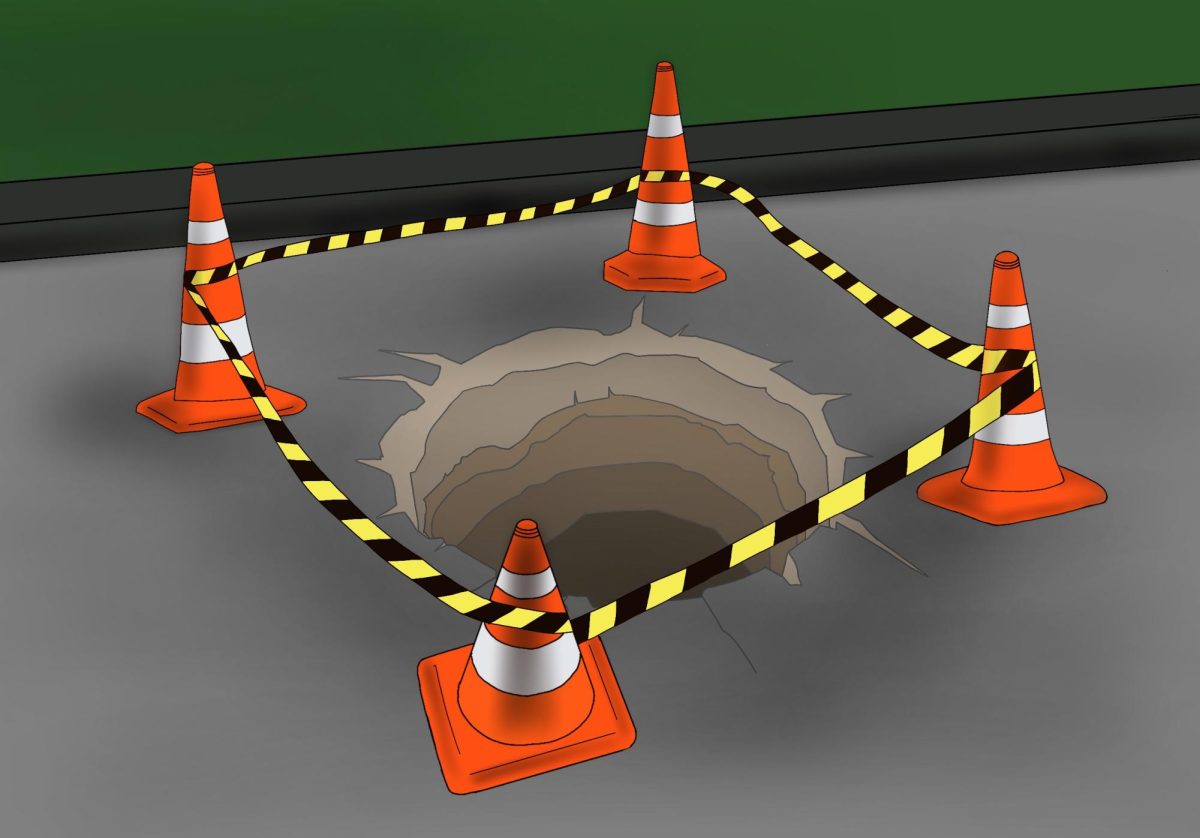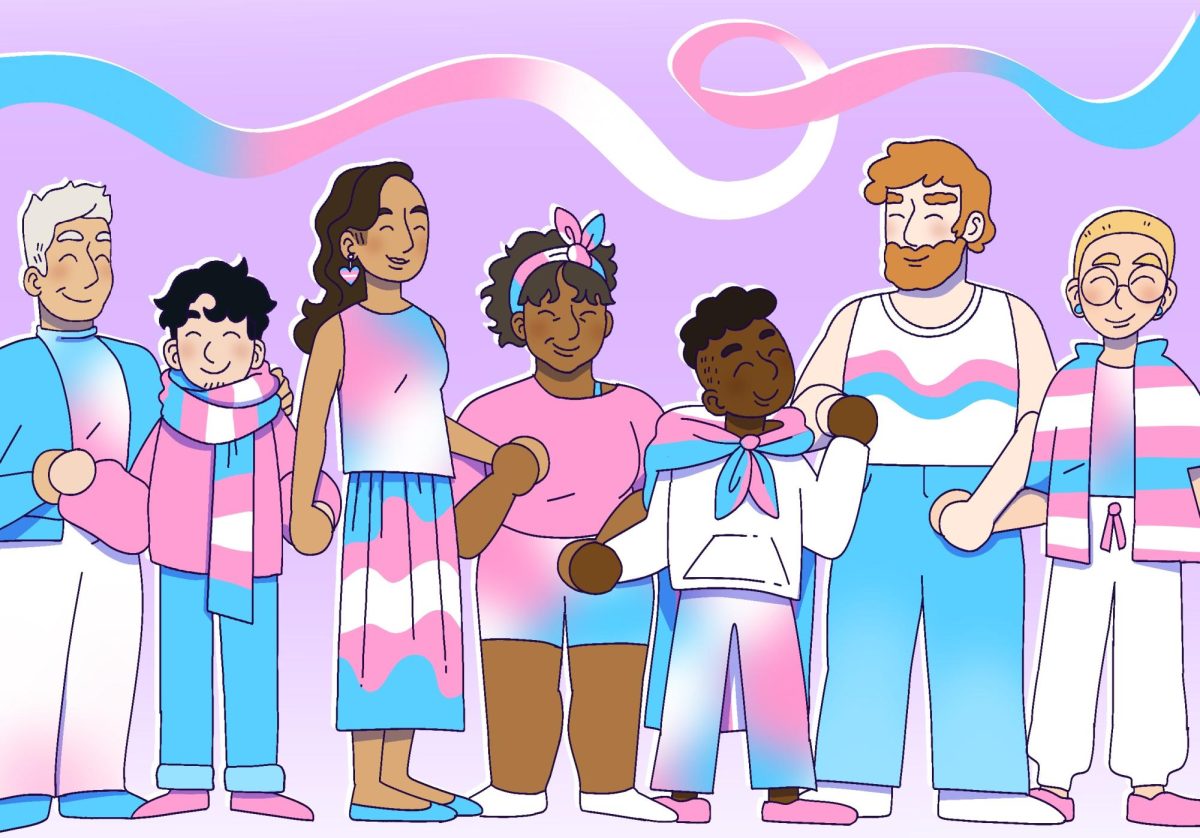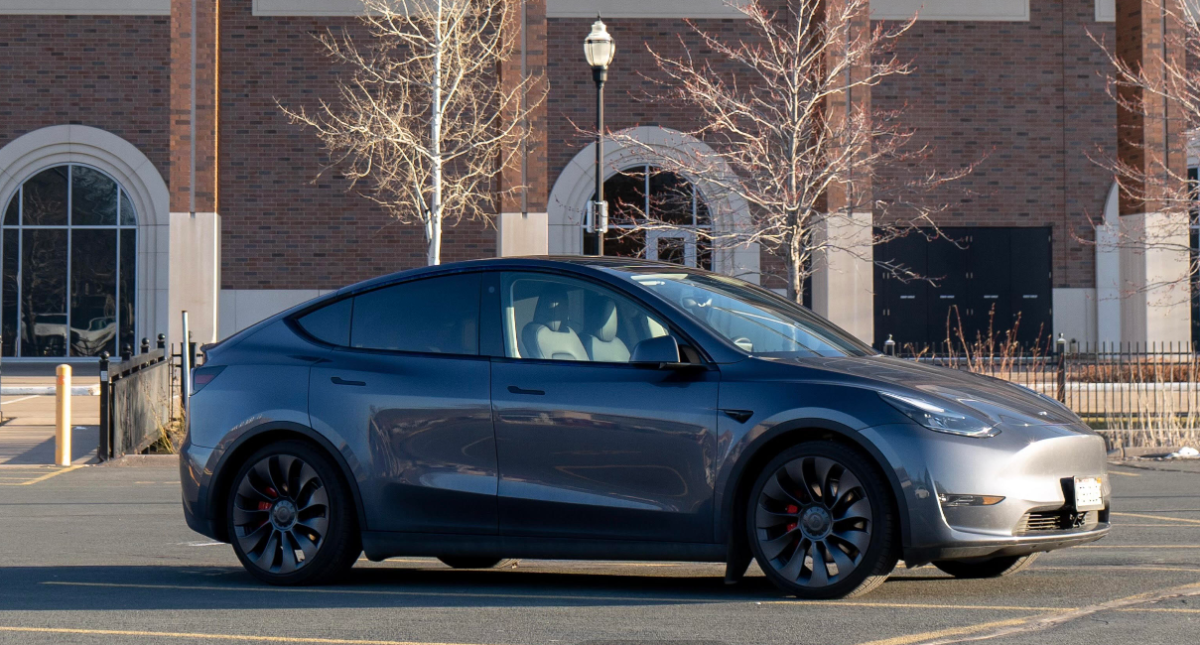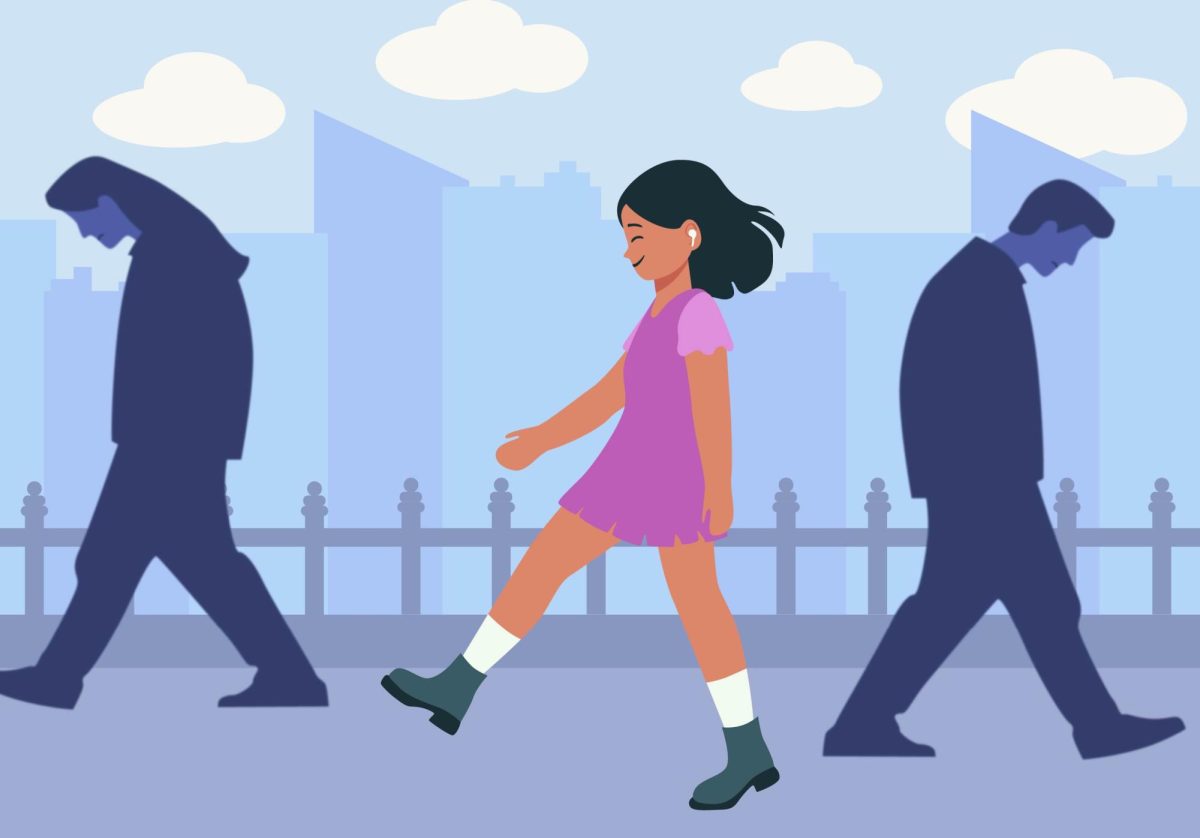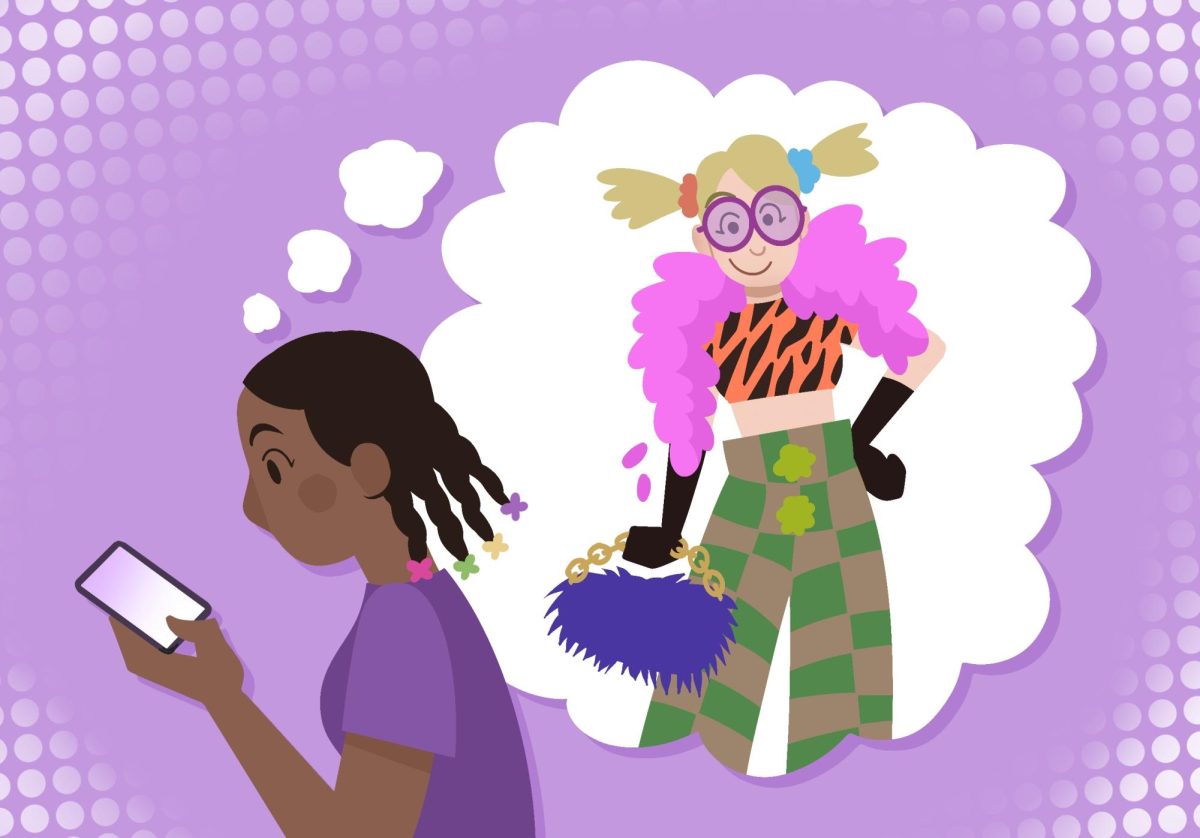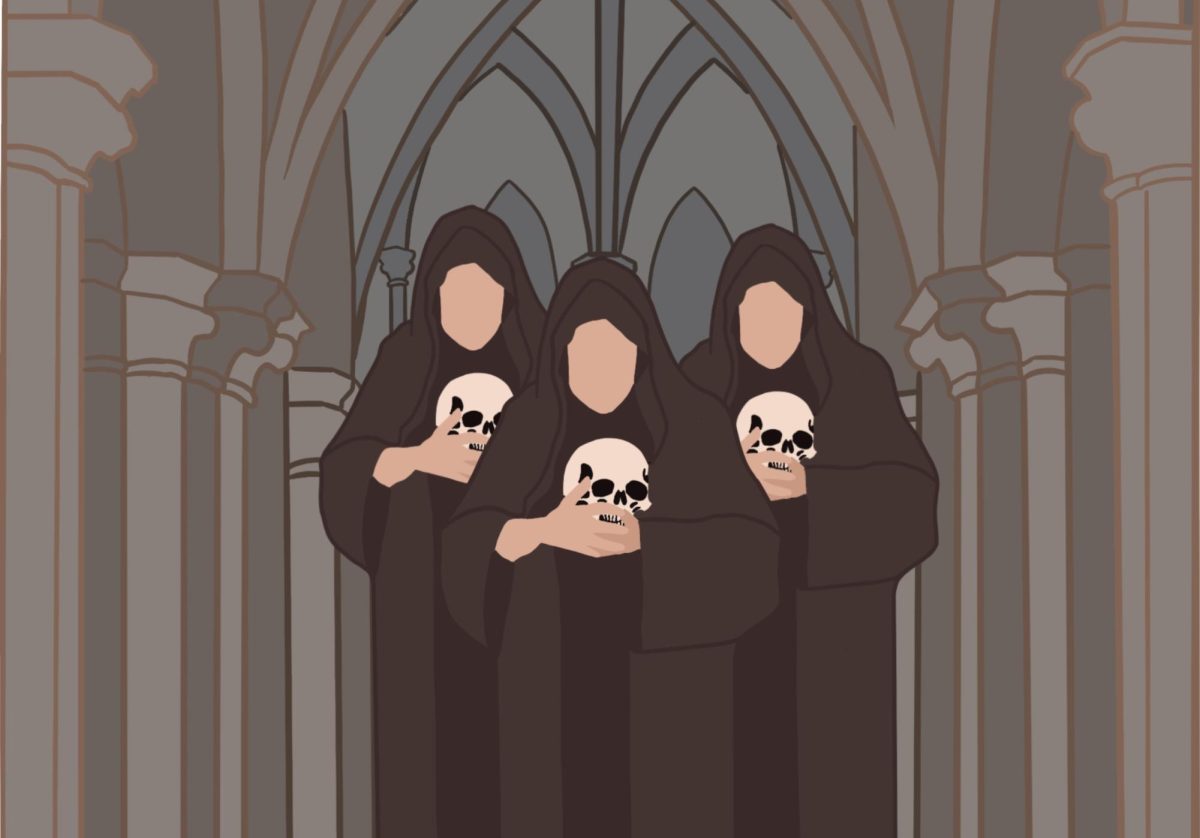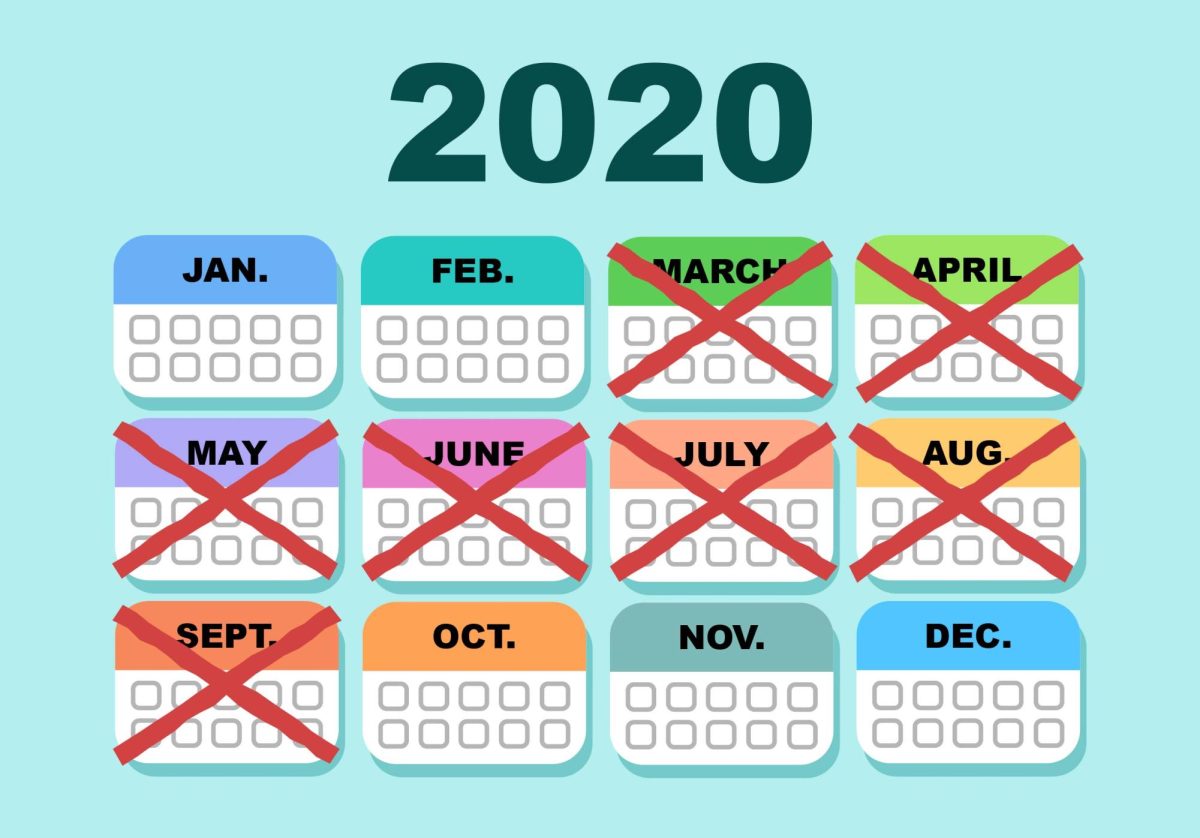On any given weekend in the Twin Cities, there are dozens, if not hundreds, of events, taking place anywhere from the heart of downtown Minneapolis and St. Paul to the farthest-flung reaches of the suburbs and everywhere in between. Countless standing attractions — parks and beaches, museums and libraries, stores and restaurants — draw visitors from across the world.
But, back in April, one particular and unexpected attraction went viral in Minneapolis’ Uptown district: a 10-foot-deep sinkhole in the middle of the intersection of 27th Street and Girard Avenue.
Initially only five feet in diameter, repair work required more of the street around the sinkhole to be ripped up, resulting in a pit taking up the entire intersection. By day, the site seemed to simply be a noxious obstruction, with construction blocking traffic and causing noise in the fairly-dense residential area.
By night though, the sinkhole was transformed: from a navigational nuisance to an impromptu neighborhood gathering place.
“I walked by it for novelty’s sake,” said Jessica Armbruster, co-owner, editor and writer for Racket and a nearby resident who wrote an article on the new social hotspot. “And then on Twitter, a couple people that I follow were like, there’s parties going on over there, and I was like, ‘Well s—, I’ve got to reinvestigate.’”
Several months later, the sinkhole remains unrepaired.
Sinkholes are likely to continue to pose headaches for Minneapolis residents in years to come, and indeed several others have opened up in the greater Twin Cities area in the past few months. But the inexplicable virality of the Uptown sinkhole seems to remain unmatched.
“It’s like the car last winter that was stuck on that snow cap,” Armbruster said. “Or like the giant snow hill out in the burbs, or like Lake Chipotle, you know, it’s not a real destination. But if you go there, there’s probably some people that are willing to play along.”
Explaining the appeal of unusual one-off phenomena like these is challenging at best, but we can get a sense of this by interpolating based on other attractions in the Twin Cities area.
Minneapolis mayor Jacob Frey has sought to promote the revitalization of downtown, begging workers to come back to the office three days a week. With downtown businesses struggling, direct policy and infrastructure changes such as rerouting buses have been floated, but the mayor has also aimed to promote a return to in-person work through events such as Downtown Field Day — a rather bizarre pastiche of attractions that was criticized for its transparent desperation.
Corporate sponsorship has become a given for essentially any event or attraction of significant size. It may be a necessary evil, but many still perceive a sense of moral tarnish around it — or maybe just feel that large crowds and baked-in advertising doesn’t make for a very pleasant way to spend an afternoon.
Of course, there are plenty of things going on every weekend that don’t involve standing under a firehose of Target logos, and it’s not hard to find them if you know where to look. While these can provide a sense of fun and community, not all are necessarily going to give you a chance to engage with the area in which you live.
Although events like Open Streets Minneapolis do provide an opportunity to get together with one’s neighborhood, more informal attractions like the Uptown sinkhole offer their own opportunity for spontaneous interaction. Armbruster said there were times where she met neighbors and other locals around the sinkhole.
It sometimes feels that Minneapolis is a city constantly striving to be more than it is. Leaders like Frey, and some residents as well, seem to want the name to carry cultural capital comparable to New York, San Francisco and Los Angeles — or at least Chicago, Seattle and Portland.
In chasing this goal, we must acknowledge both our own flaws and those of our aspirations, and not just at the surface level. Every major city in the United States still has work to do in addressing their histories of racial, social and environmental injustice.
Other concerns are receiving priority for less-than-ideal reasons. Take the uncertain teetering of downtown: while collapse would admittedly have a serious knock-on effect on the tax revenue of the city and state, the demands of businesses are the real reason for its prominence in city policy.
Superficial, PR-driven or corporate-led measures are designed to benefit the politicians and business leaders who promote them. This does not necessarily mean that they are guaranteed to fail, but it does mean that the definition of success that accompanies them should be taken with a heavy grain of salt.
In this vein, the Uptown sinkhole is objectively an infrastructure problem. It is blocking an intersection and construction on it has become a nuisance. Someone I know who lives in the area described it as “annoying.” Complications have slowed repairs to several months past the predicted finish date. To the city government and the Metropolitan Council, it is an embarrassment.
At the same time, it is also true, for a little while at least, the sinkhole was a source of community gathering: a talking point and an impromptu gathering space that drew people together. Was it better at this than big events like Downtown Field Day? Maybe, maybe not, but it was a draw nonetheless.
In some ways, the sinkhole is a microcosm of Minneapolis itself: flawed, but compellingly so. The sooner we can embrace our quirks and superficial imperfections, the sooner we can begin to address the real issues that our city faces.


